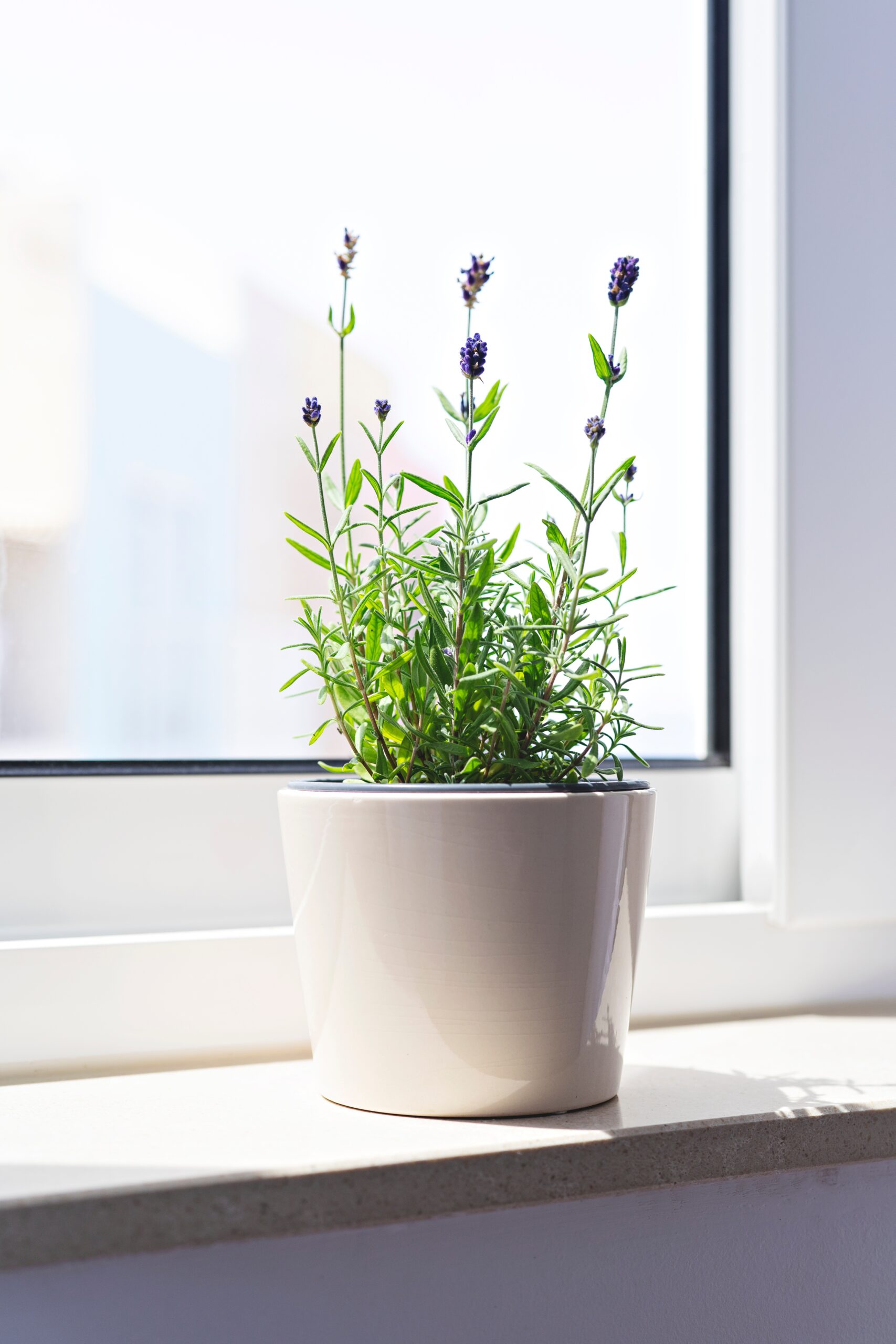Lavender is a lovely plant. It smells nice and looks pretty. You can grow lavender in pots. This is great if you have a small space. Let’s learn how to do it!
Introduction
Lavender is a beautiful and fragrant plant loved by gardeners around the world. Its soothing aroma, vibrant purple flowers, and low-maintenance nature make it perfect for small gardens, patios, or even indoor spaces. Growing lavender in pots is a great solution for those with limited space, and it allows you to control sunlight, soil, and watering easily.
In this guide, we’ll cover everything you need to know to grow healthy, blooming lavender in pots—whether outdoors or indoors.
Why Choose Lavender?
Lavender is not just a pretty plant—it has many benefits:
-
Easy to care for: Lavender thrives with minimal attention.
-
Attracts pollinators: Bees and butterflies love it, helping your garden ecosystem.
-
Beautiful and fragrant: Its purple flowers and sweet scent enhance any space.
-
Health benefits: Lavender aroma is calming and can reduce stress.
-
Versatile: You can use it fresh, dried, or in crafts like sachets and potpourri.
Lavender is perfect for small-space gardeners because it grows well in containers and adds a pop of color and fragrance wherever it’s placed.
What You Need
- A pot
- Soil
- Lavender plant
- Water
- Sunlight
Choosing the Right Pot
Choose a pot with holes. This helps water drain. Too much water is bad for lavender. A pot made of clay is good. It lets the soil breathe.
The Best Soil
Lavender likes sandy soil. Sandy soil drains well. You can buy special soil for lavender. Or you can mix sand with regular soil. This helps roots grow strong.

Credit: www.waysidegardens.com
Planting Lavender
- Fill the pot with soil.
- Make a hole in the soil.
- Take the lavender plant out of its pot.
- Place the plant in the hole.
- Cover the roots with soil.
- Press the soil down gently.
- Water the plant.
Watering Lavender
Lavender does not need much water. Too much water can hurt it. Water it when the soil is dry. In summer, water it once a week. In winter, water it less often.
Sunlight for Lavender
Lavender loves sunlight. Place the pot in a sunny spot. It needs at least 6 hours of sun a day. If it does not get enough sun, it will not grow well.
Pruning Lavender
Pruning helps lavender stay healthy. Cut back the plant in spring. Use scissors or garden shears. Remove dead or weak stems. This helps new stems grow.
Benefits of Lavender
Lavender has many uses. It can help you sleep better. The smell can reduce stress. You can use dried lavender for crafts. Make sachets or potpourri.
Common Problems
Lavender can have problems. Too much water can cause root rot. Yellow leaves mean too much water. If leaves turn gray, it needs more sun. Check your plant often.
Growing Lavender Indoors
You can grow lavender indoors. Choose a sunny window. Make sure the room is warm. Use a small fan for air movement. This helps the plant stay healthy.

Credit: www.familyhandyman.com
Frequently Asked Questions
What Type Of Lavender Grows Best In Pots?
English lavender is best for pots due to its compact size and strong fragrance.
How Often Should I Water Lavender In Pots?
Water lavender once or twice a week, letting soil dry between waterings.
Can Lavender Survive Indoors In A Pot?
Yes, with enough sunlight and good air circulation, lavender can grow indoors.
What Soil Is Ideal For Potted Lavender?
Use well-draining, sandy soil mixed with potting soil for healthy lavender roots.
Conclusion
Growing lavender in pots is fun. It makes your garden beautiful. It is easy to care for. Follow these steps and enjoy your lavender. Happy planting!
4 min read

